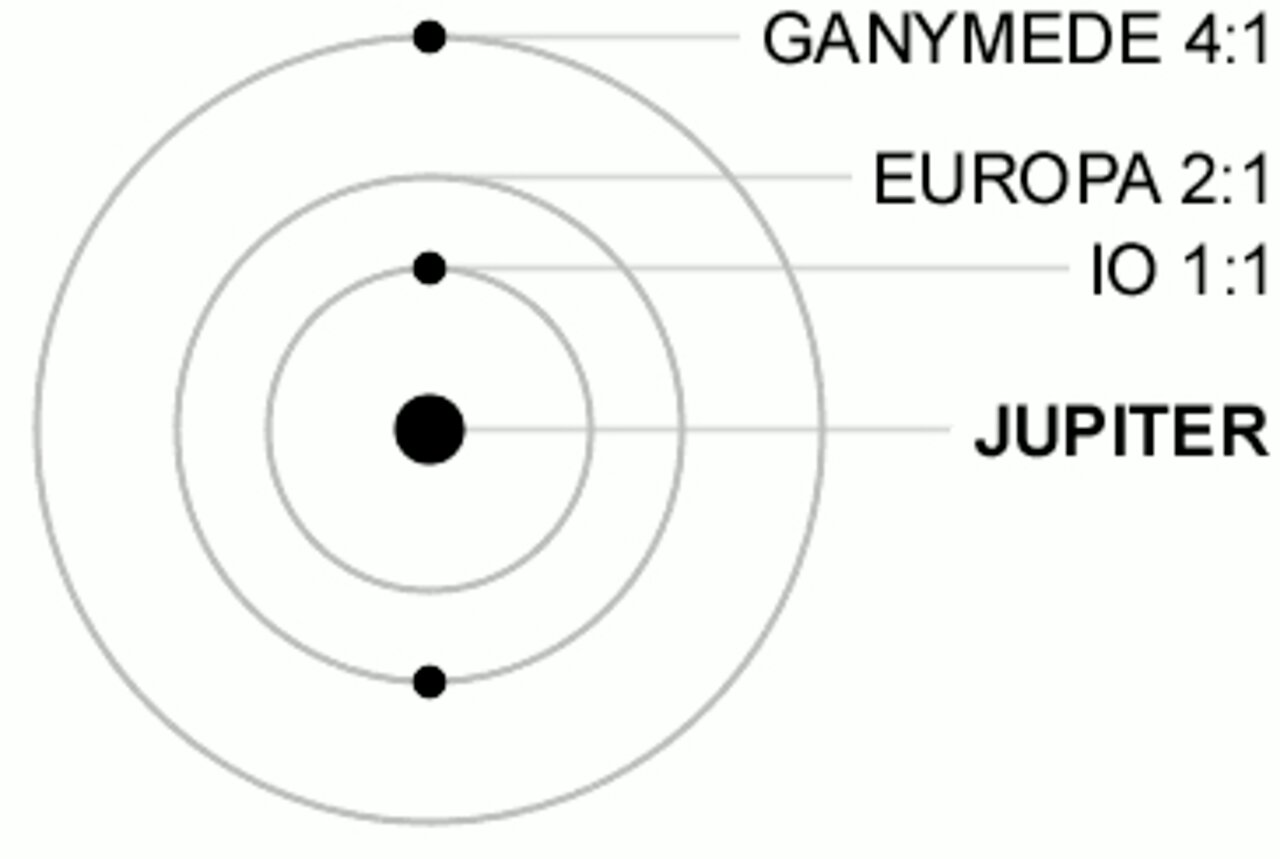Discovering Patterns in Io's Volcanoes
August 5, 2019

Jupiter’s volcanic moon Io brought astronomers and geologists together to reveal that this moon’s hot spots fluctuate on unexpected timescales.
The team utilized the Gemini North telescope and the W.M. Keck Observatory, both located on Maunakea, Hawaiʻi Island. The Gemini observations, which provided about 80% of the data for the study, employed the high-resolution adaptive optics system ALTAIR combined with the Gemini Near InfraRed Imager and spectrograph (NIRI). The researchers conducted a total of 271 observations between 2013 and 2018 and published their results in the July 2019 issue of The Astronomical Journal and the June 28, 2019 issue Geophysical Research Letters.
While whizzing around Jupiter in an elliptical orbit with a period of only 1.8 days, Io’s interior is warmed by the varying pull of Jupiter’s gravity, roughly similar to how the Earth’s moon causes tides on our planet. This “tidal heating” powers Io’s volcanoes. However, the shape of Io’s orbit also changes, becoming alternately rounder and then more elliptical, over a longer period of about 480 days. The variation in Io’s orbital shape is caused by the more subtle effects of the varying gravitational pulls from Jupiter’s other large moons, mainly Europa and Ganymede.
By studying changes in Io’s surface brightness due to its volcanic activity, researchers discovered a pattern in the volcanism that appears to coincide with the 480-day variation in the moon’s orbital shape. This was unexpected because there is no detectable pattern associated with the 1.8-day period of a single orbit, even though this is the amount of time over which the most dramatic variations in the pull of gravity occur. To understand this puzzling result, the researchers note that the magma is likely too viscous to react to the changing gravity on the timescale of one orbit, but it can adjust its flow rate with the slower variation in the shape of Io’s orbit. This explains the long-term variations in the degree of volcanic activity.
Links
- Read more about this discovery and Io’s most powerful, persistent volcano, Loki Patera in this story from the American Geophysical Union.
